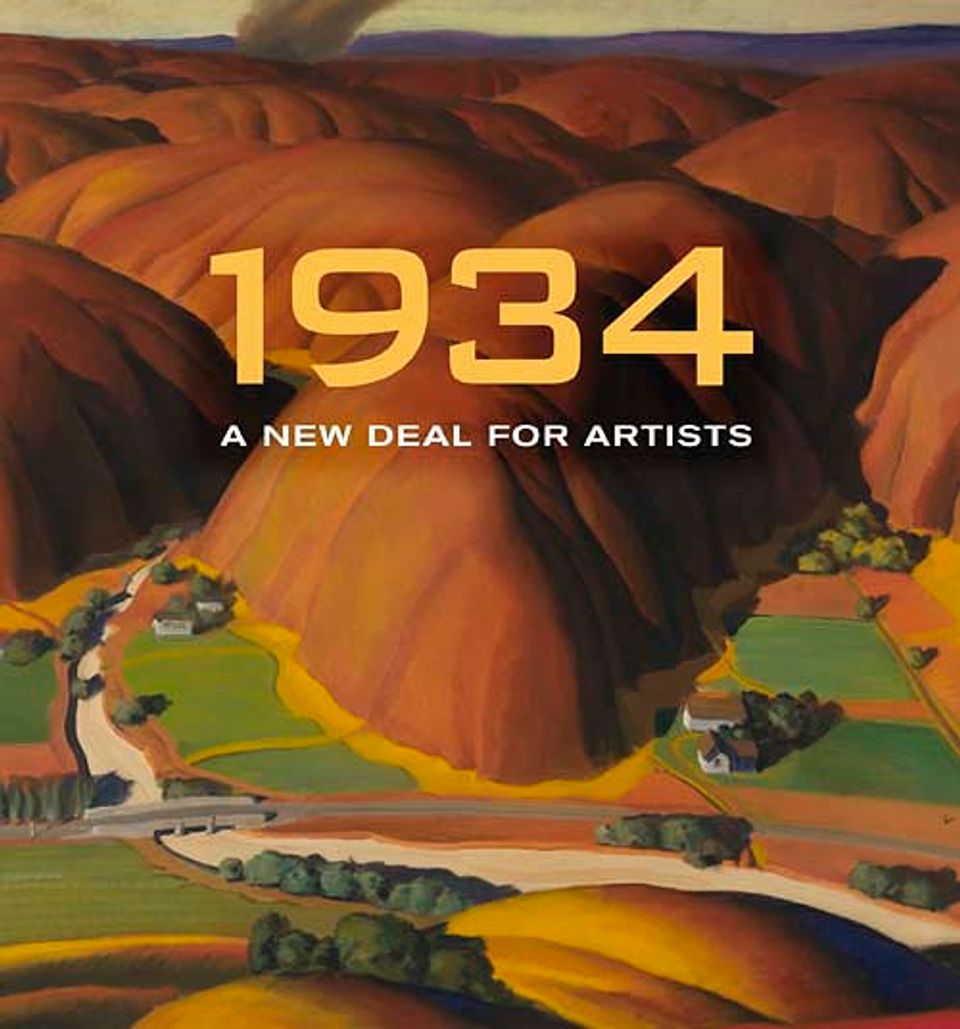Artwork Details
- Title
- Martyr Hill
- Artist
- Date
- ca. 1933-1934
- Location
- Not on view
- Dimensions
- 22 x 32 in. (55.9 x 81.4 cm.)
- Credit Line
- Transfer from the U.S. Department of Labor
- Mediums
- Mediums Description
- oil on canvas
- Classifications
- Keywords
- Architecture — bridge
- Monument — memorial
- Waterscape — canal
- New Deal — Public Works of Art Project — New York City
- New Deal — Public Works of Art Project — New Hampshire
- Object — weapon — cannon
- Architecture Exterior — civic
- Architecture Exterior — industry — waterwork
- Object Number
- 1964.1.125
Artwork Description
Sweeping diagonal lines draw the viewer's attention to the GAR Hall, with its spiky finials and a cannon aimed to menace the viewer. In fact, the cannon stands on the opposite side of the hall’s lawn. Guglielmi removed the windows from the hall’s side wall, creating the solid red parallelogram he placed very near the dark front wall of the house in the foreground. This causes the eye to lurch disconcertingly from foreground to background. Nothing in the painting casts a shadow—the buildings therefore look oddly insubstantial. The sculpted bronze soldier on the Civil War Memorial, his head bent in sorrow, underlines the lack of a living person in the scene. The Nubanusit River flows under a bridge and out toward the viewer, who is left with no place to stand.
1934: A New Deal for Artists exhibition label














